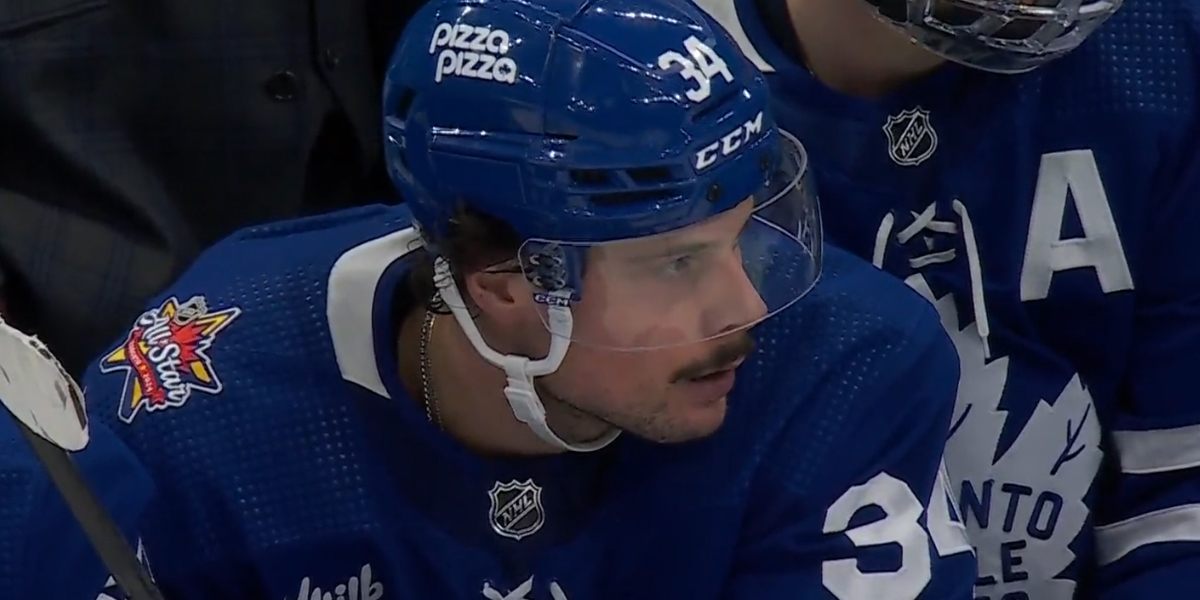Every season about this time, NHL fans wonder if their teams will be buyers or sellers at the trade deadline. For teams that are well-placed and assured a postseason spot or who feel they could be close to a playoff position, the lure of making that one move (or more than one) to put them over the top is seductive. As a result, “buyers” (teams looking for a high-profile player to enhance their fortunes) hope to find players on teams who are “sellers” (who know they won’t make the postseason and who are willing to move players on expiring contracts for prospects or draft choices).
The result is that players become “rentals.” Rentals are players who move from a non-playoff team to a Stanley Cup contender and finish the season and postseason with their new team. A rental is a short-term member of the roster but then moves on to another team. During a typical trade deadline, dozens of players could switch uniforms. That often makes the trade deadline tons of fun because it’s a flurry of activity when teams scramble to bolster their rosters (or move their players) for the looming playoffs.
Related: Controversial UFA Forward Corey Perry Signs With Edmonton Oilers
The prevailing narrative when teams feel they could win the Stanley Cup is to go “all-in.” In other words, these teams tend to make bold moves either to pick up or to trade high-profile rental players with expiring contracts. For buyers, it’s a chance to augment their lineups by adding talent that could help them advance further toward securing that elusive Stanley Cup.
Debunking the All-In Myth: A Flawed Strategy
There’s a huge problem, however, with this thinking. It simply doesn’t work. A look back over the history of the trade deadline suggests that teams who bring in a high-profile player believing that player will be the tipping point for the team’s success will be disappointed. The fact is that recent observations and historical analysis reveal that this strategy is faulty – nothing more than an illusion. Which makes it a waste of a team’s future when they trade away unproven prospects and draft capital.
Recently, Elliotte Friedman weighed in on the area suggesting that the Toronto Maple Leafs might shift toward a more calculated, long-term strategy if they make any trade deadline deals. The reason? They don’t think the team is good enough this season. For as intelligent as Friedman is, and no hockey analyst is any smarter, he’s missing the point.
The point is that the Maple Leafs would have been better off employing this strategy over the past six or seven years as they’ve had a Stanley Cup contender. Swinging for the fences has been a strike-out. And, it’s been costly. In the process of seeking players they thought could push them over the top, they traded away a large number of draft picks. The Maple Leafs farm system is weaker because of that failed strategy.
Related: Lightning GM Confirms Steven Stamkos Won’t Be Traded
The strategy, then, was a double loss – the losses in the playoffs and the losses of draft capital and prospects. Can fans even imagine the team the Maple Leafs would have if they held fast and kept developing their draft choices and prospects?
Going All-In Has Not Elevated Teams to the Stanley Cup
Funny, few hockey analysts ever seem to raise questions about the effectiveness of perennially going all-in at the trade deadline. The conventional belief that a star player acquired in the eleventh hour can single-handedly elevate a team to the Stanley Cup is seldom challenged. This approach, as deemed wrong-minded for the Maple Leafs this season, is only chosen because the team feels it’s too weak this season. The fact is that it’s wrong-minded all the time.
Look at the Boston Bruins of last season. They won the Presidents’ Trophy as the winningest team in NHL history, added a number of pieces, and got eliminated in the first round.

The analysis of going all-in should extend to the entire NHL. The track record is dubious. When the strategy of relying on rental players is compared to more patiently developing internal depth through the draft or building around a strong core nucleus, the results are sub-optimal. In other words, the results stink. A better strategy is to “fill in” cost-effectively around need.
For the Maple Leafs, the success of cost-effective signings like Simon Benoit, Noah Gregor, and Martin Jones has been valuable. In part, these players’ value is enhanced because they’ve been acquired at a minimal cost. Yet, the three have provided stability, and reliability, and have given the team valuable contributions – debunking the notion that big-name acquisitions are the only path to success.
Historical Perspective: Trade Deadline Acquisitions and the Cup
A critical examination of the past two decades begs the question: has any Stanley Cup winner been propelled to victory by bringing in a high-profile trade deadline acquisition? The evidence suggests not. Players have made impactful contributions to teams’ Stanley Cup parades. For example, Nick Paul helped the Tampa Bay Lightning win the Cup in 2022 and Carl Hagelin helped the Pittsburgh Penguins win in 2016. Yet, these players are not by definition “high-profile.” These players, though significant, were not the kind of blockbuster names typically associated with all-in moves.
The last true success story of a high-profile trade deadline deal dates back to the year 2000 when the Colorado Avalanche traded for Boston Bruins’ defenseman Ray Bourque. A legendary Bourque was seeking his first championship, and he played a pivotal role in the Avalanche’s Stanley Cup win. However, as far as I can see, this exception stands as the sole instance in 25 years where an all-in move yielded the desired results.
Why Persist with a Costly Strategy that Rarely Works?
Despite the historical rarity of all-in trades that correlate to Stanley Cups, teams continue to pursue this strategy. Several factors contribute to this persistently wrong-minded approach. Teams hoping to win the Stanley Cup often feel compelled to make bold moves, viewing star player acquisitions as a shortcut to success. The hope of a Hail Mary attempt to beat the odds seems too enticing to resist.
Yet, the short-term impact of acquiring rental players, whose contracts expire at the season’s end, remains a significant motivation. Teams sacrifice prospects or draft picks for immediate success, driven by the pressure from ownership, fans, or players. The unique market dynamics at the trade deadline, with conversations starting in January about teams becoming “buyers” or “sellers,” only intensify the expectations for impactful moves.
A Call for Strategic Shift: Bolstering Depth over Blockbusters
In light of historical evidence, I’m pleased that the Maple Leafs are taking time for a rethink. Yet, I’ll believe it when I see it. Logic suggests NHL teams should consider a more sustainable and strategic approach to build a winning team. They should focus on developing internal depth, making cost-effective signings to fill in needed gaps or cover for injuries, and working to build a strong core nucleus. Instead of succumbing to the failed hope of all-in moves, teams should prioritize long-term success over short-term gains. Sadly, I don’t believe the Maple Leafs mean it – even this season.
There’s a definition, often attributed to Albert Einstein, that equates insanity with doing the same thing over and over again but expecting different results. Yet, season after season, NHL teams keep repeating the unsuccessful action of going all-in at the trade deadline. While these teams hope for a different outcome, it doesn’t happen. Last season the Maple Leafs traded for a great player – Ryan O’Reilly. It didn’t work! He’s gone.
Furthermore, for as much as Friedman talks of the Maple Leafs’ different philosophy this season, I’m betting they’ll do it all again. The result will be squandering their future and digging a deeper hole to get out of.
Related: New York Islanders Announce Patrick Roy New Head Coach





